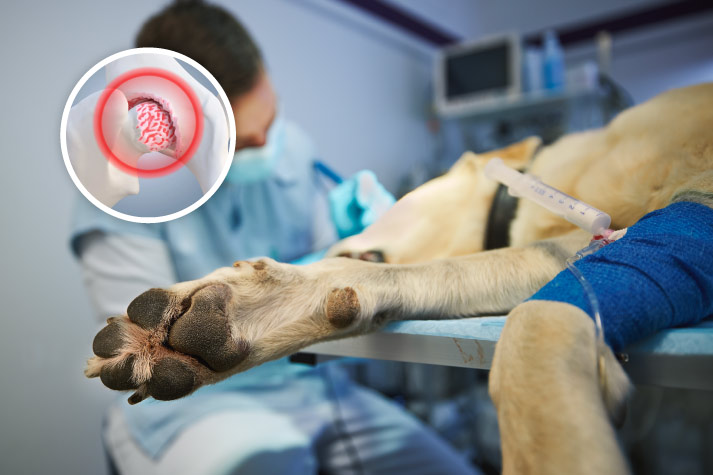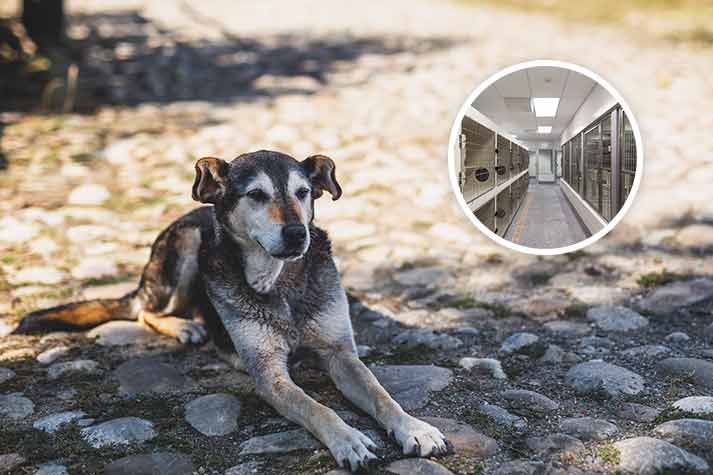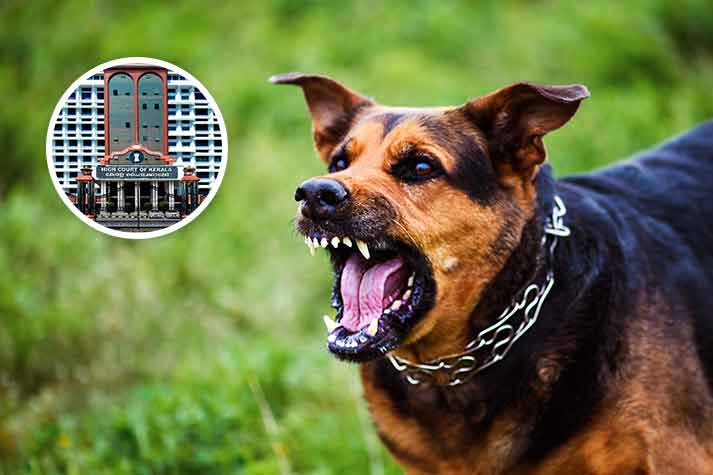
25 Feb
New Guide Aims to Help Vets Treat Dogs with Osteoarthritis
A new treatment protocol guide has been launched by American Regent Animal Health for diagnosing and treating joint diseases like osteoarthritis in dogs. Aimed at veterinary professionals, this guide provides a structure for the creation of a uniform approach to managing osteoarthritis (OA) and provides resources for educating clients.
The protocol guide was developed in collaboration with Denis Marcellin-Little, DEDV, DACVS, DACVSMR, DECVS, professor of orthopedics and interim chair of the surgical and radiological sciences department at University of California.
“Structure and consistency are very important,” Marcellin-Little said in a news release. “By emphasizing a practical, step-by-step framework, we’re moving beyond philosophical guidelines to something that truly helps practitioners and pet owners manage OA over the long term.”
Veterinarian support for such protocols was visible in a 2024 survey conducted by the American Animal Hospital Association (AAHA) in collaboration with Marcellin-Little and American Regent. American Regent manufactures polysulfated glycosaminoglycan (Adequan Canine) intramuscular injection, which is FDA-approved for management of OA signs in dogs.
Citing the “overwhelming” majority of veterinarians who indicated organized protocols dictating OA management are necessary, Marcellin-Little discussed the reasoning behind these protocols in a lecture at the 2024 Veterinary Meeting & Expo in Orlando, Florida. “We want to improve the logistics of managing OA, make it less random, make it more standardized, more efficient. We want better science,” he said.
AAHA survey respondents indicated that OA protocols should include elements of management, education and science. Top responses included early disease management such as repairing cartilage health or slowing degradation, mid-stage management, disease prevention and understanding OA management products and strategies including when to implement them. Providing client education guidelines and resources was also highly sought-after by survey respondents.
Why is this important? By the time osteoarthritis is diagnosed in dogs, they often show signs of damage. Once it reaches this stage, damage caused by OA can affect movement and mobility, which is why a proactive approach is adopted by the guide.
“By engaging pet owners in the process, they can work together with their veterinarian to spot the subtle signs sooner and take steps that will make a real difference in the well-being of their dog with OA,” Paris Revoir, DVM, professional service veterinarian for American Regent, said in a news release.






AUTHOR’S BIO
Carry My Pet
Passionate pet enthusiasts and globetrotters, dedicated to easing furry friends' journeys worldwide. Penning tales of compassion at CarryMyPet, where every relocation is a tail-wagging adventure.